Shock and awe
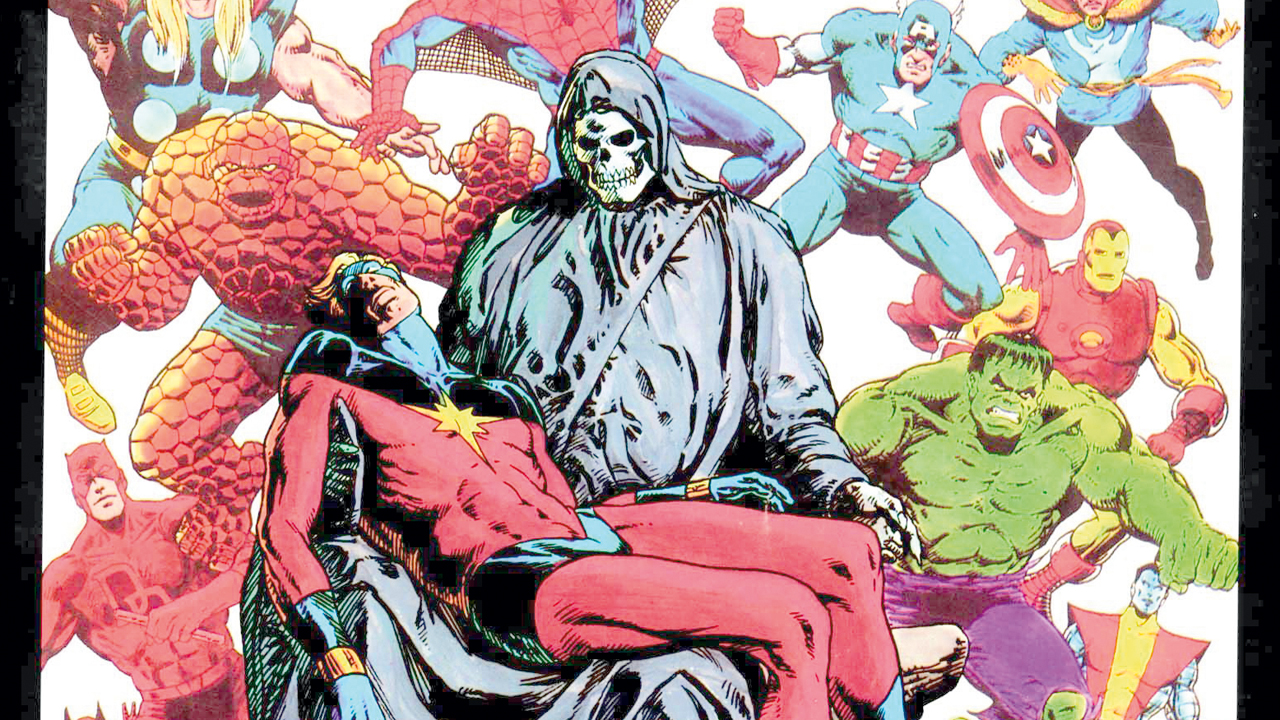
The comic book universe heaves with shock moments, of course: the unexpected return of a villain, the betrayal of a friend, the this-cant-be-happening death of a much-loved character but most comics go out of their way to make sure that nothing really happens too. (After all, howcan Peter Parker remain a hard-luck everyman when hes married to a supermodel? He cant, and periodically all such blind alleys must be swept aside.)
Youd think this nothings actually permanent thing would strip comics oftheir drama somewhat, but it doesnt seem to. The mediums still packed with Wow! moments, scenes or ideas that knock us off our feet. Here are the very best of them.
Click here for more excellent SFX articles. Or maybe you want to take advantage of some great offers on magazine subscriptions? You can find them here.
10) Girlfriend in a refrigerator - Green Lantern Vol. 3 #54, August 1994
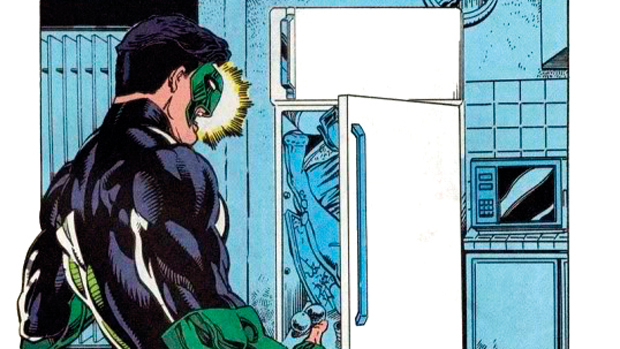
What happened? In this notorious issue, fresh new GL Kyle Rayner finds his best girl Alicia murdered by sadistic bad guy Major Force (yes, really; it was the 90s), her broken body stuffed in his fridge.
Why was it shocking? Because the pop culture shorthand for depth and angst having the heros womenfolk abused terribly has rarely been so cynically pressed into service. Comic book writer Gail Simones Women in Refrigerators Syndrome began here; the awful thing is, we could probably fill out the entire 25 with unedifying incidents such as this.
9) Terra turns traitor - The New Teen Titans #34, August 1983
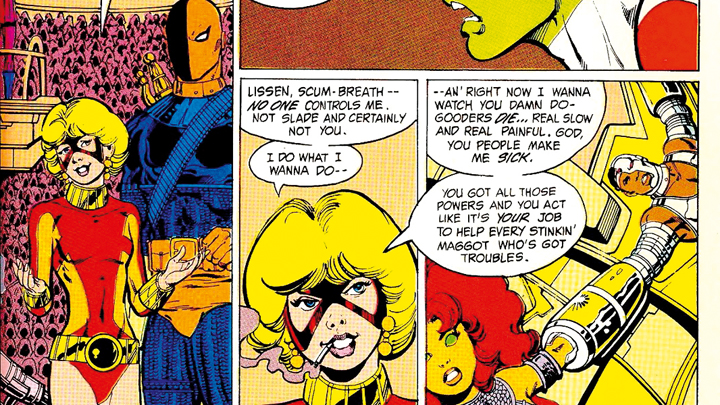
What happened? Freshfaced young superheroine Terra had spent months getting in with the Teen Titans DCs smash hit revival of an old sidekick gang , now rivalling the dominant X-Men for sales and drama even battling their most formidable enemy, Deathstroke the Terminator, to prove herself. But now, with a secretive meeting in a Brooklyn tenement, shes revealed to have been Deathstrokes partner all along!
Why was it shocking? This sort of gobsmacking expectation-reversal doesnt seem particularly clever today, but early 80s DC simply didnt pull stuff like this. And it set up the Titansmost celebrated storyline, The Judas Contract, perfectly.
Get sneak previews, exclusive competitions and details of special events each month!
8) Animal Man makes a house call - Animal Man #25-26, July-August 1990
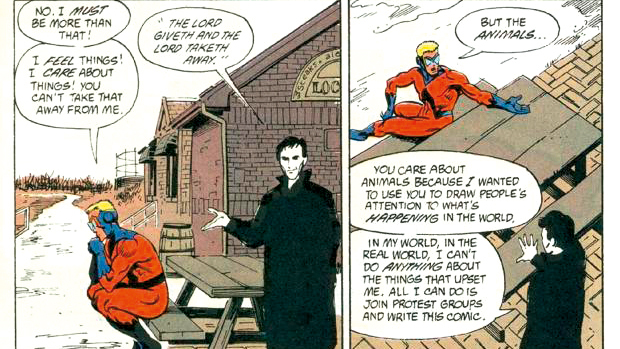
What happened? During the late80s invasion of young British writers to American comics, Grant Morrison took obscure mid-60s creation Animal Man a guy given the power to borrow the abilities of nearby beasts and made him unique. Now an everyman operating on the edge of the superhero world, his adventures became increasingly harrowing and meta until, towards the end, Morrison has our hero rock up at the writers very house, where they have a chat about why so many awful things have happened to him and his family lately it was all in the service of drama.
Why was it shocking? This book had throughout been saddled with exceptionally ordinary superhero art, but had become a minor hit all the same and why? The invention of its writer alone. The balance of power had shifted in mainstream comics.
7) First ever meeting of the Justice Society - All Star Comics #3, November 1940
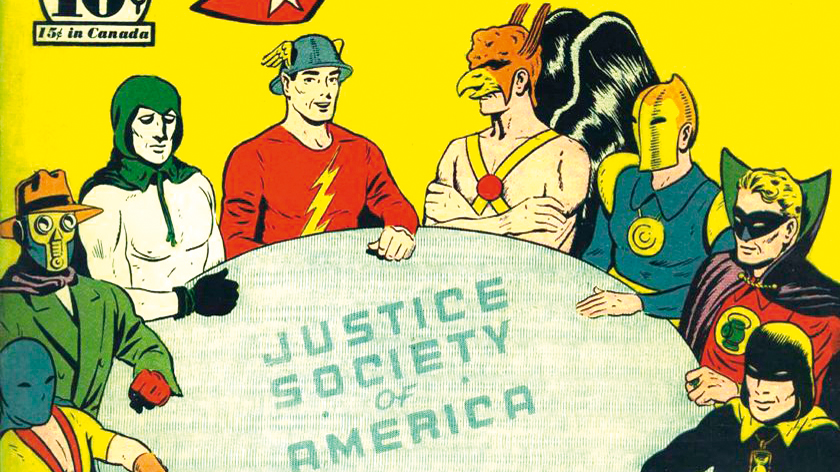
What happened? A bunch of guys sat around the table in a wood-panelled clubhouse. But wait! This was something new: the worlds first superhero team.
Why was it shocking? The first ever JSA adventure isnt just about thrills, but also the camaraderie thats atthe core of the superteamsappeal.
6) Face it, Tiger - Amazing Spider-Man #42, November 1966
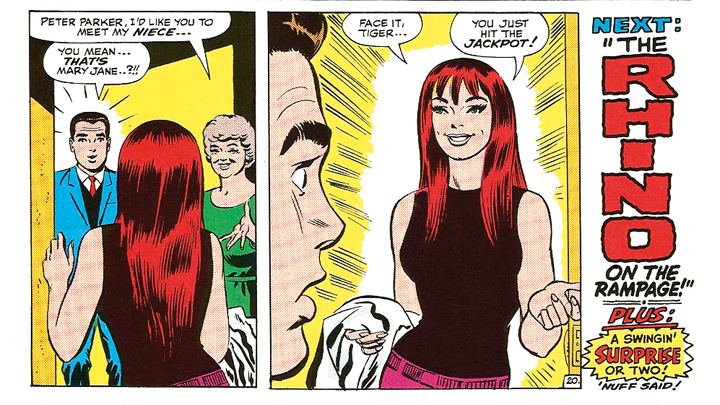
What happened? One of the duller issues of early Spider-Man redeemsitself on its last page with the full introduction of the cocky, gorgeousMary Jane Watson, long hinted at but never before seen, who hits Peter Parkers lifelike a cannonball. The first time we see her face its one of the most famous, quotable panels in comics: Face it, Tiger You just hit thejackpot!
Why was it shocking? Because the build-up to this girl had been so drawn out. Because soap opera mattered to Spider-Man as much as fights ever did. Because Peter had worried she would be awful, and as drawn by John Romita, master of the dreamy chick she was anything but.
5) Captain Mar-Vell dies - The Death Of Captain Marvel, April 1982
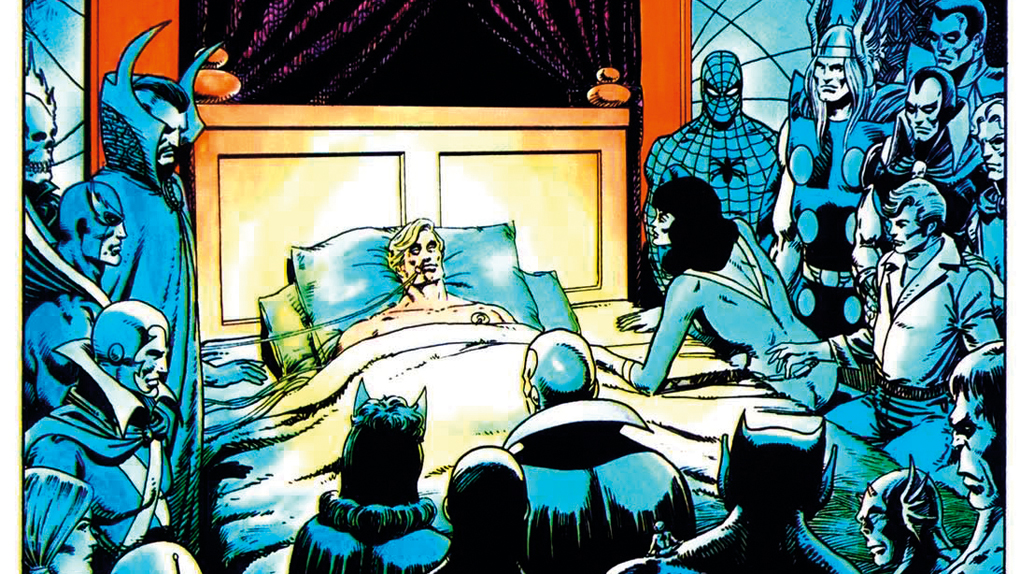
What happened? Marvels original Captain Marvel had never been exactly A-list, but hed had his moments not least a thrilling, psychedelic run by a young writer-artist called Jim Starlin. But its with his death that he achieved greatness. In Marvels first ever graphic novel, he succumbed quietly to cancer; despite dozens of superheroes and villains showing up to pay respects, theres barely a harsh word in the entire thing. Starlins own father was battling cancer at the time, and it shows.
Why was it shocking? Theres no bombast; just sadness mixed with the celebration of a life well lived. Next to this, most superhero deaths seem stupid, bombastic and dull.
4) I did it 35 minutes ago - Watchmen #11, August 1987
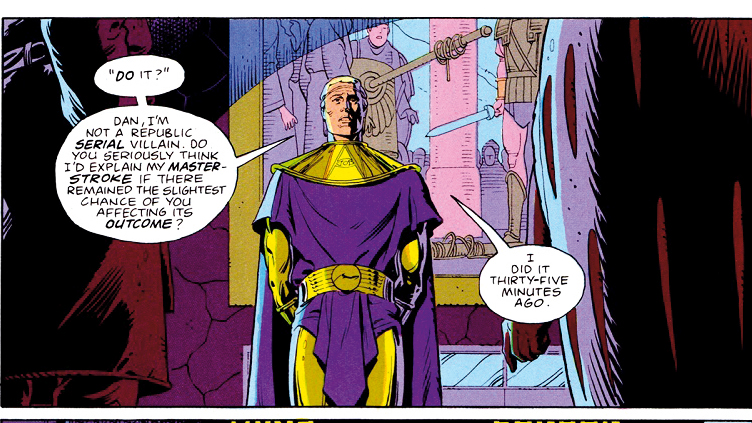
What happened? Wed never enjoyed an extended superhero Whodunnit? like Watchmen before, and it all built up to this: the final confrontation between dogged everyman hero Nite Owl and his psycho sidekick Rorschach, and an ex-teammate whod now revealed himself to be the Big Bad, the super-rich Adrian Veidt. Our two sorry heroes think theyve stopped his scheme to prevent seemingly inevitable nuclear war by providing the whole planet with an external menace to fight: a cooked-up alien invasion. Trouble is, the plan involves murdering half New York. When were you planning to do it? our heroes ask. Do you seriously think Id explain my masterstroke if there remained the slightest chance of you affecting its outcome? comes the answer. I did it 35 minutes ago.
Why was it shocking? Superheroes have never been shown to be quite so impotent before. Here they bumbled along, uncovered some things, but were never remotely close to winning in the end, the only thing theyve done is fail to prevent the villain from saving the world.
3) Phoenix commits suicide - Uncanny X-Men #137, September 1980

What happened? Everyone knows this one, of course: in one of the most celebrated, influential and constantly referenced storylines in comics, original X-Men Jean Greys struggle with the awesome and unpredictable Phoenix power eventually turns this girl-next-door into a universe-threatening monster. The Dark Phoenix Saga ended in space trial-by-combat, climaxing when what remains of Jean engineering her own death by hidden sentry gun.
Why was it shocking? Because everyone bought into the storyline. Because we all adored Jean. Because the build-up was so enthralling. And because her death was all anyone could talk about at the 1980 convention season that immediately followed the release of this issue sales went through the roof, and fandom was aflame with anguish and anger. Back then you simply didnt kill off a major, successful superhero but theyd done it. The revolving door of comic book death begins here
2) Swamp Thing discovers who he isnt - Saga Of The Swamp Thing #21, February 1984
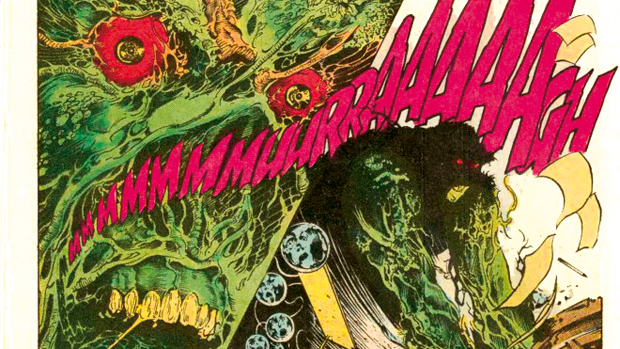
What happened? With The Anatomy Lesson, his first proper script for the struggling DC muck-monster who would make his name in America, Brit comics god Alan Moore showed what a bit of poetry, a lot of invention and a determination to take any concept seriously can do. This is electric stuff, packed with atmosphere and twists, and revealing that our hero is not the transformed scientist Alec Holland at all
Why was it shocking? It showed how you can totally reinvent a character without negating anything that had gone before; it demonstrated that in this ostensibly visual medium, writers matter rather a lot, actually; and it shouted from the rooftops that The British are coming!
1) The night Gwen Stacey died - Amazing Spider-Man #121, June 1973
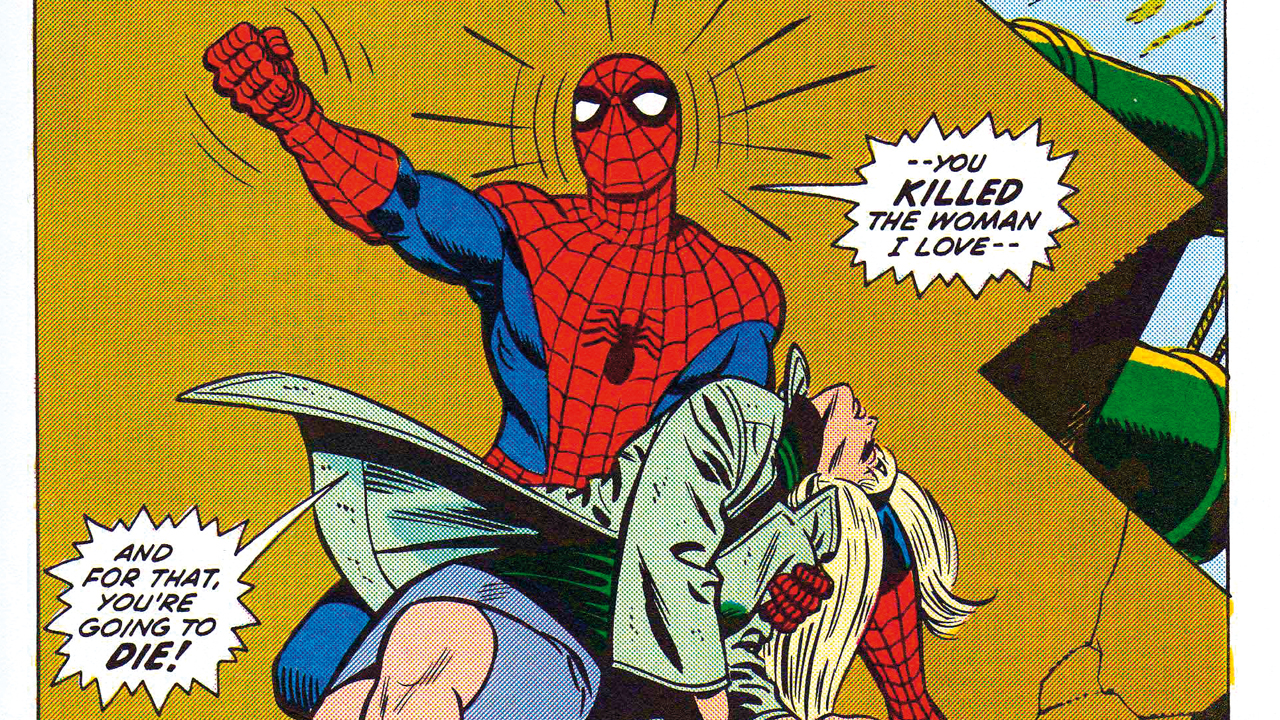
What happened? Spider-Man and the Green Goblins ongoing, increasingly unhinged rivalry came to horrifying, tragic conclusion when the Goblin captured Peter Parkers butter-wouldnt-melt girlfriend, the fragrant Gwen Stacy, then threw her off a New York bridge. Spideys webbing makes a last-minute save, of course, except this time something approaching real-world physics kicks in: hidden below the heroic Swik! sound effect as the web snags Gwens leg is a tiny Snap!, her neck breaking from the jolt.
Why was it shocking? For anyone brought up on the first electric decade or so of Marvel Comics or, indeed, on the Silver Age in general, when most of the major comic book character and tropes we enjoy today were created or refined Amazing Spider-Man #121-122 was like a full-on collision with a Mack truck. This was a defining moment, for golden girls like Gwen simply didnt die in comics. The heroes always saved them. Except Peter couldnt help Gwen. The repercussions continue, and the four-colour world changed, for better and for worse
SFX Magazine is the world's number one sci-fi, fantasy, and horror magazine published by Future PLC. Established in 1995, SFX Magazine prides itself on writing for its fans, welcoming geeks, collectors, and aficionados into its readership for over 25 years. Covering films, TV shows, books, comics, games, merch, and more, SFX Magazine is published every month. If you love it, chances are we do too and you'll find it in SFX.


